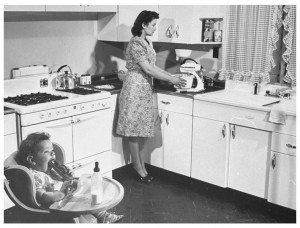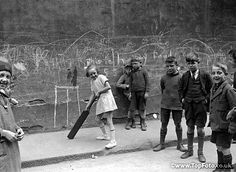Family through the years – 1920/30’s
Tuesday, April 14th, 2015
The 1920/30’s lifestyle
As a charity that supports separated families, we wanted to observe through research how family lifestyle might have caused the rise of divorce. Starting with the 1920/30?s, marriage rates were high whilst divorce rates were very low:
Combined 1920/30 Marriage rate: 695,091
Combined 1920/30 Divorce rate: 6,653
Source: www.theguardian.com/news
Within these years, marriage was a must and divorce was very much frowned upon. There are three clear subjects that may have kept divorce rates low:
- Lifestyle: Within the 1920/30?s the lifestyle that was lead was rather simple. Having ?stereotypes? within the household was normal as the role of the Mother was a housewife and, the role of the father was to work hard to provide for the family however, money was spent a lot on beer. People also tended to have smaller families, as there was pressure financially therefore; sitting down for family meals was a lot easier.

- Entertainment: Unlike today, there were hardly any affordable and nearby restaurants that families could easily attend. Their primary source of entertainment would depend on the radio, as both parents and children would gather around the radio and listen to ball games and other broadcasters. The occasional trip to the movies and drive-ins were the other source of entertainment, this was seen as ?family-time?.

- Children: As for children, as stated above, there were smaller families, which meant fewer children. Toys were homemade as well as clothes; children would play out in the street, as there was less traffic and fewer cars. Socialising for children was safer and was a lot more innocent and interactive. Times had also changed, as fewer children were working at coalmines. Education started to become their main focus.

To conclude, there was not much available to both parents and children, it was a very straightforward and simple life. It seems as though both men and women accepted their stereotypes and, their way of life was a lot more family orientated as there was not much available and children were their main priority.

Leave a Reply